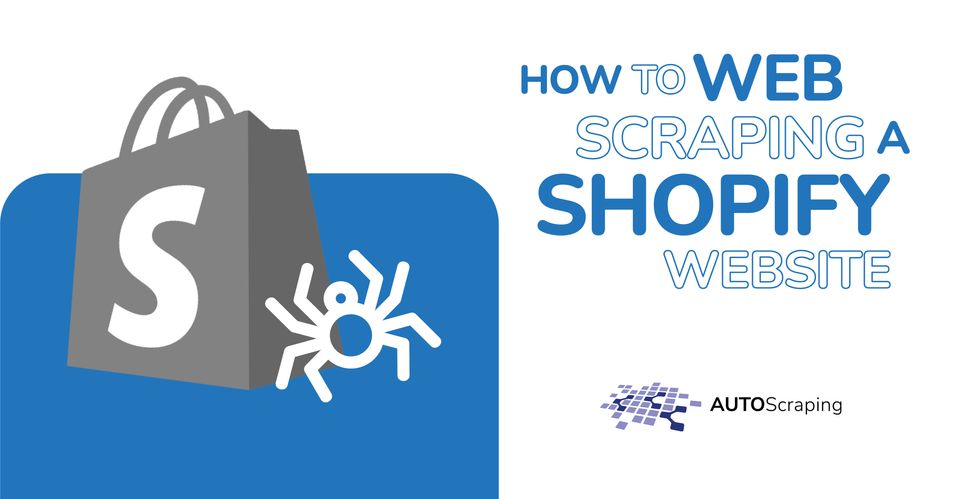How to web scrape a Shopify website in just a few minutes - Scraping product data

Mastering the Art of Extracting Valuable Property Market Information
Shopify at a Glance
Since its inception in 2006, Shopify has been a leading e-commerce platform, revolutionizing online retail for over two million sellers globally.
The Importance of Web Scraping in E-commerce Web scraping has emerged as an invaluable tool in the e-commerce industry, particularly for platforms like Shopify. It efficiently gathers crucial product data such as pricing, descriptions, and customer feedback. This data is fundamental for market analysis and competitive strategy, making web scraping indispensable for businesses seeking a competitive edge.
Guide to Scraping Shopify Websites
- Identifying Essential Data: Pinpointing specific needed data like product prices, descriptions, images, and user reviews is crucial.
- Selecting Tools and Technologies: Choosing the right tools, such as Python with BeautifulSoup or Scrapy, is vital for their effectiveness in extracting data from structured sites like Shopify.
- Navigating and Extracting Data: Techniques for navigating Shopify’s website structure to access product data are discussed. This includes handling dynamic content, pagination, and accurate data extraction.
- Ethical and Legal Considerations: It's critical to adhere to ethical and legal scraping practices, respecting website terms of service and data protection laws. If you want to expand your knowledge on this topic, we invite you to access our following blog
Advanced Techniques and Challenges in Shopify Scraping
- Advanced Methods: These include using APIs provided by Shopify for more structured data access or employing headless browsers to simulate real user interactions for complex scraping tasks.
- Handling Data Extraction Challenges: Common challenges such as anti-bot measures or rate limits are discussed, along with how professionals navigate these issues.
- Data Post-Processing: After extraction, data cleaning and organization are crucial. Insights are offered on transforming scraped data into actionable insights.
In-Depth: Extracting Data from Shopify
To effectively extract data from Shopify, one must understand the intricacies of its website structure and API. Shopify stores are generally built on a standardized template, which makes it easier to locate and extract product information. Here are some detailed steps:
- Identify the URL Structure: Shopify websites have a consistent URL pattern, which can be leveraged to systematically access product pages.
- Use Shopify’s API: For a more efficient and reliable way of extracting data, Shopify’s API can be utilized. It provides structured access to product data, but requires API keys.
- Automate with Bots: Bots can be programmed to automate the scraping process, though it’s important to manage them to avoid triggering anti-scraping measures.
- Extract and Store Data: Once the data is extracted, it should be stored in a structured format like CSV or a database for easy analysis and retrieval.
Leveraging Expertise for Effective Scraping
While basic web scraping can be straightforward, the complexities often necessitate professional expertise. Hiring expert scrapers can save time, ensure data accuracy, and manage large data volumes. They are adept at overcoming common scraping challenges, ensuring effective and efficient data collection.
ConclusionThe role of web scraping in extracting product data from Shopify stores is vital for e-commerce success. Engaging expert scrapers offers numerous benefits, aiding in informed business decisions and stronger market positioning. As the e-commerce landscape evolves, professional scraping services become increasingly essential for businesses aiming to excel in the digital marketplace.
For more informational and valuable insight into web scraping, automation and more, we invite you to visit our blog: https://blog.autoscraping.com/
